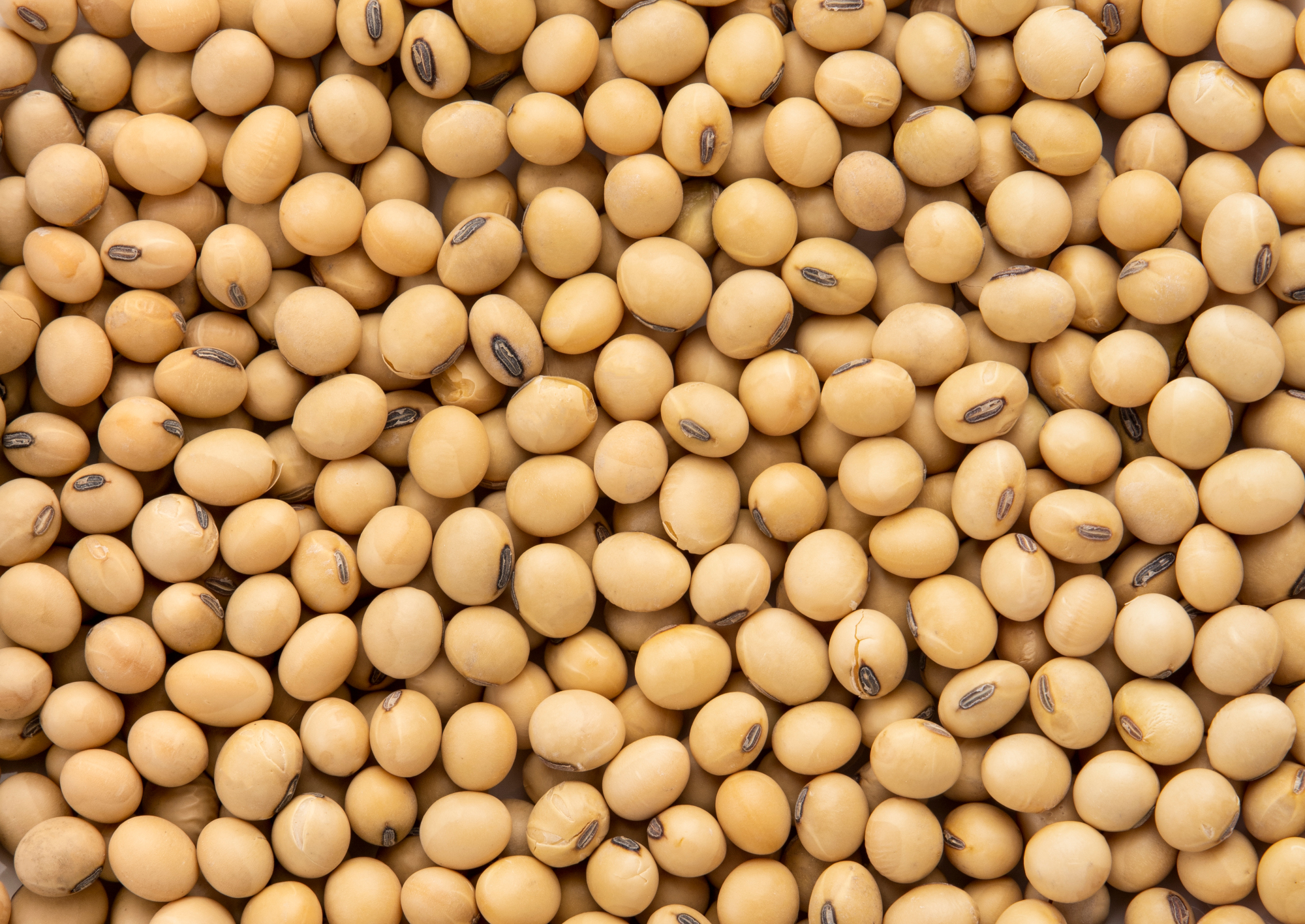About NSM
Northern Soy Marketing was developed in 2011 by the Qualified State Soybean Boards of Minnesota, North Dakota and South Dakota. The objective of the organization was to promote the nutritional value of U.S. northern-grown soybeans to international buyers, differentiate their overall soy quality and market the benefit of buying northern-grown soybeans and soybean meal, especially from Pacific Northwest grain export terminals.
To date, NSM member states include the soybean checkoff boards from Minnesota, South Dakota and Wisconsin.
The Soy Checkoff
The soybean checkoff is federally mandated by the Soybean Promotion, Research, and Consumer Information Act. Every time a soybean farmer sells its beans, one half of one percent of the market price is checked off. Half of the checkoff is utilized by the state checkoff organization, while the other half is utilized by the United Soybean Board.
Checkoff dollars are invested into increasing market development, new uses, production research and education around soybeans and soybean farming. Simply put – checkoff dollars are directed to increase the profitability of soybean farmers. No checkoff dollars can be used for lobbying or public policy.
Managing Foreign Material
Besides being outstanding in quality, soybeans from the northern U.S. states are consistently among the cleanest in the world. These soybeans, which are exported to markets worldwide have limited foreign material (FM), thanks to strict management practices throughout the process of planting, growing, harvesting and storage.
Being free of weed seed and FM plays a significant role for all marketplaces. Thanks to our partnership with the University of Minnesota, here are some quick reminders on how to ensure northern soybeans remain some of the cleanest in the world.
Storage Tips
Many soybean growers in the Upper Midwest opt to store at least a portion of their harvest over the winter months, patiently – or not so patiently – waiting for a better price before they sell. Though they’ve unloaded and dumped their beans into steel grain bins, technology still allows them to keep an eye on their crops. Learn more.
U.S. Soy Survey Samples
During the harvest season, the University of Minnesota encourages farmers from northern U.S. states to participate in the U.S. Soy Survey by sending in soybean samples to test for quality.
Samples are analyzed for protein, oil and amino acid concentration. This information is valuable when marketing soybeans abroad.
Results are returned to the individual after the samples have been analyzed. Data is shared in the aggregate for the U.S. soybean quality annual report.
For more information on the survey or how you can participate, contact University of Minnesota Soybean Agronomist Seth Naeve at naeve002@umn.edu or 612-819-2338.







